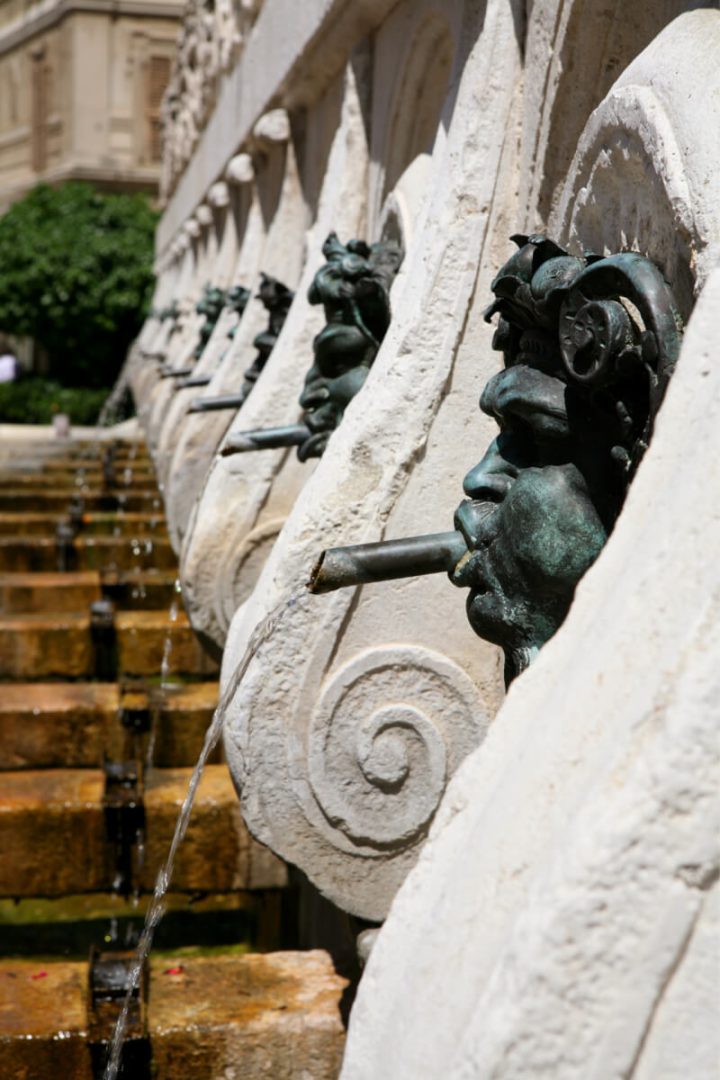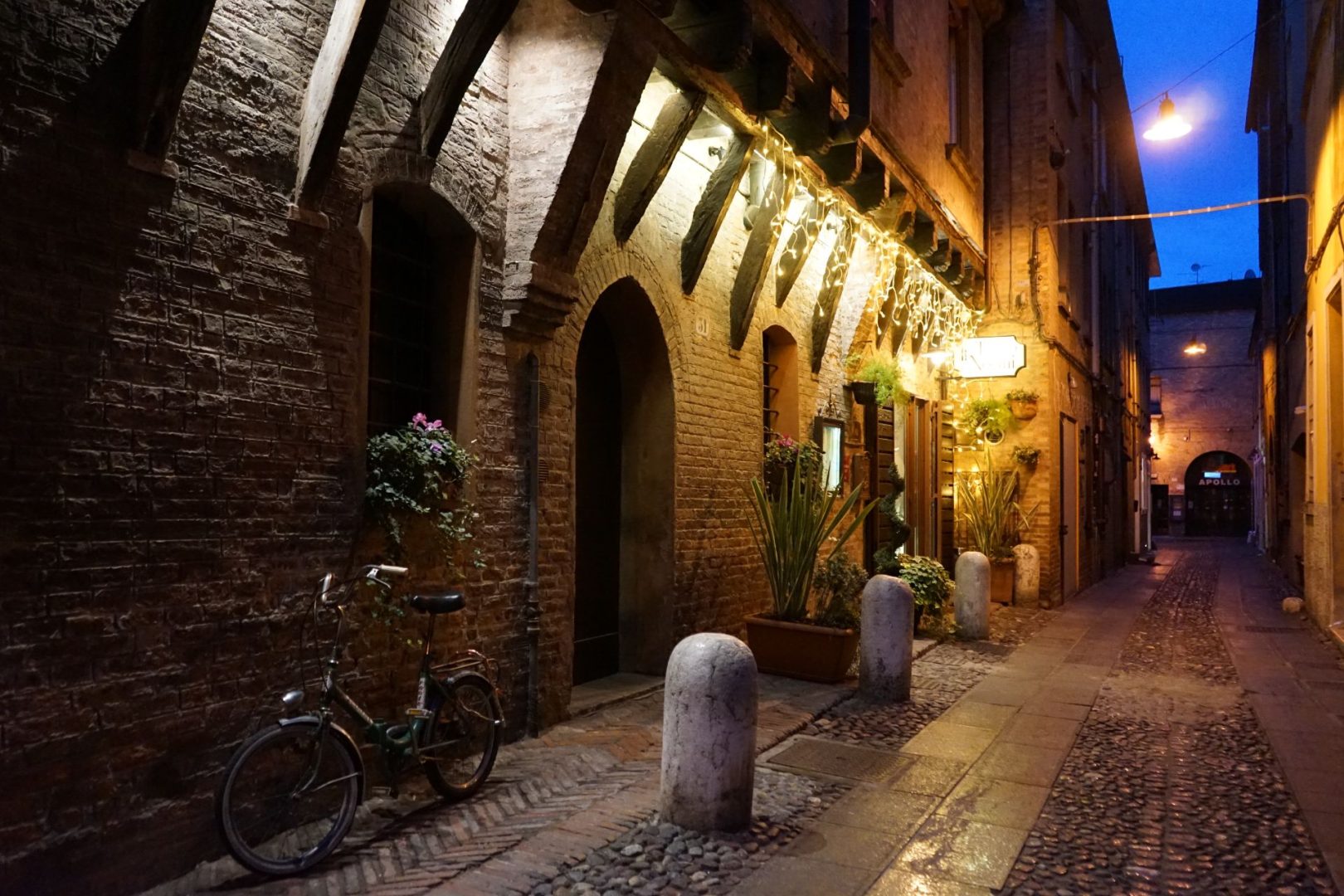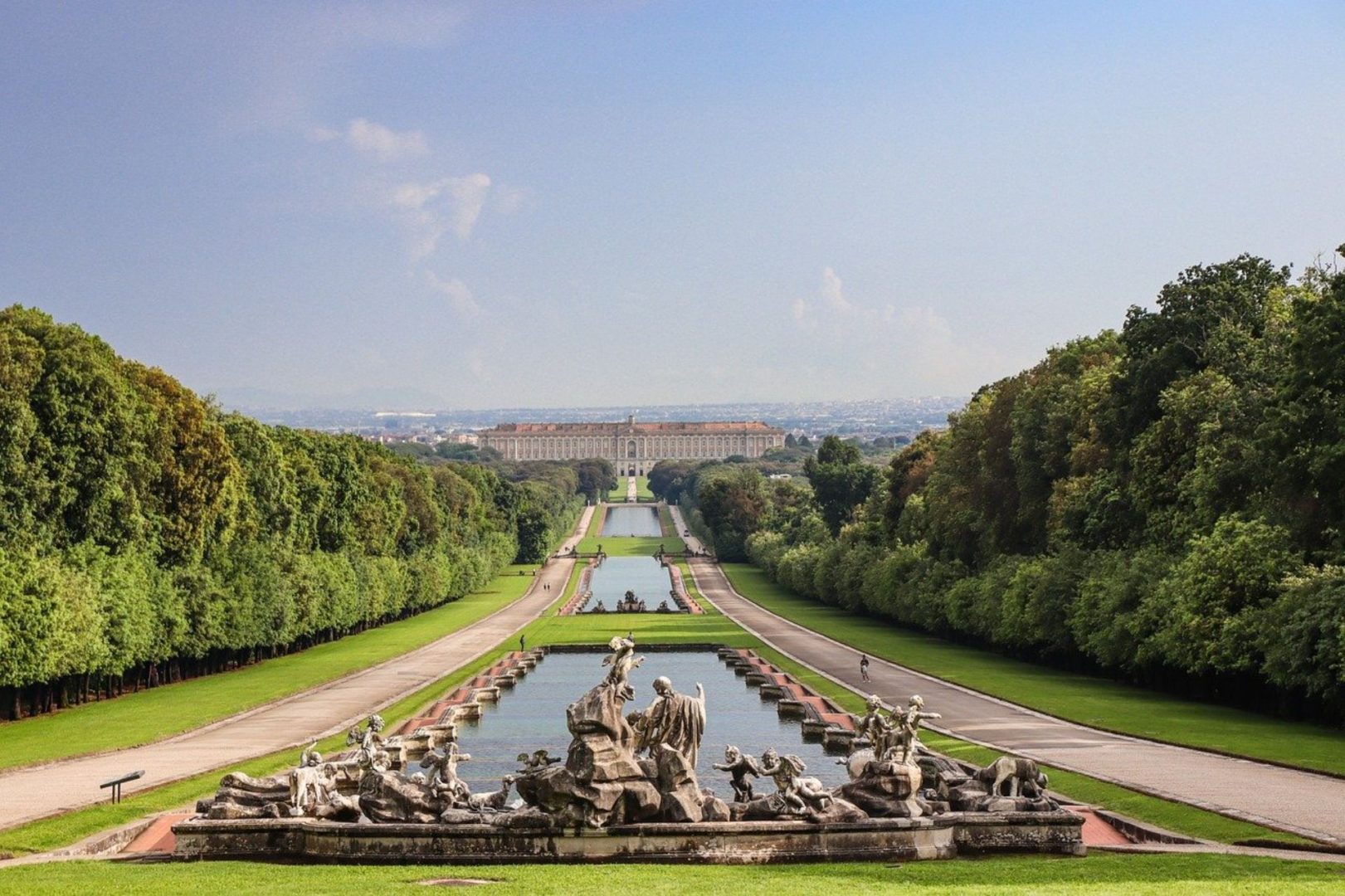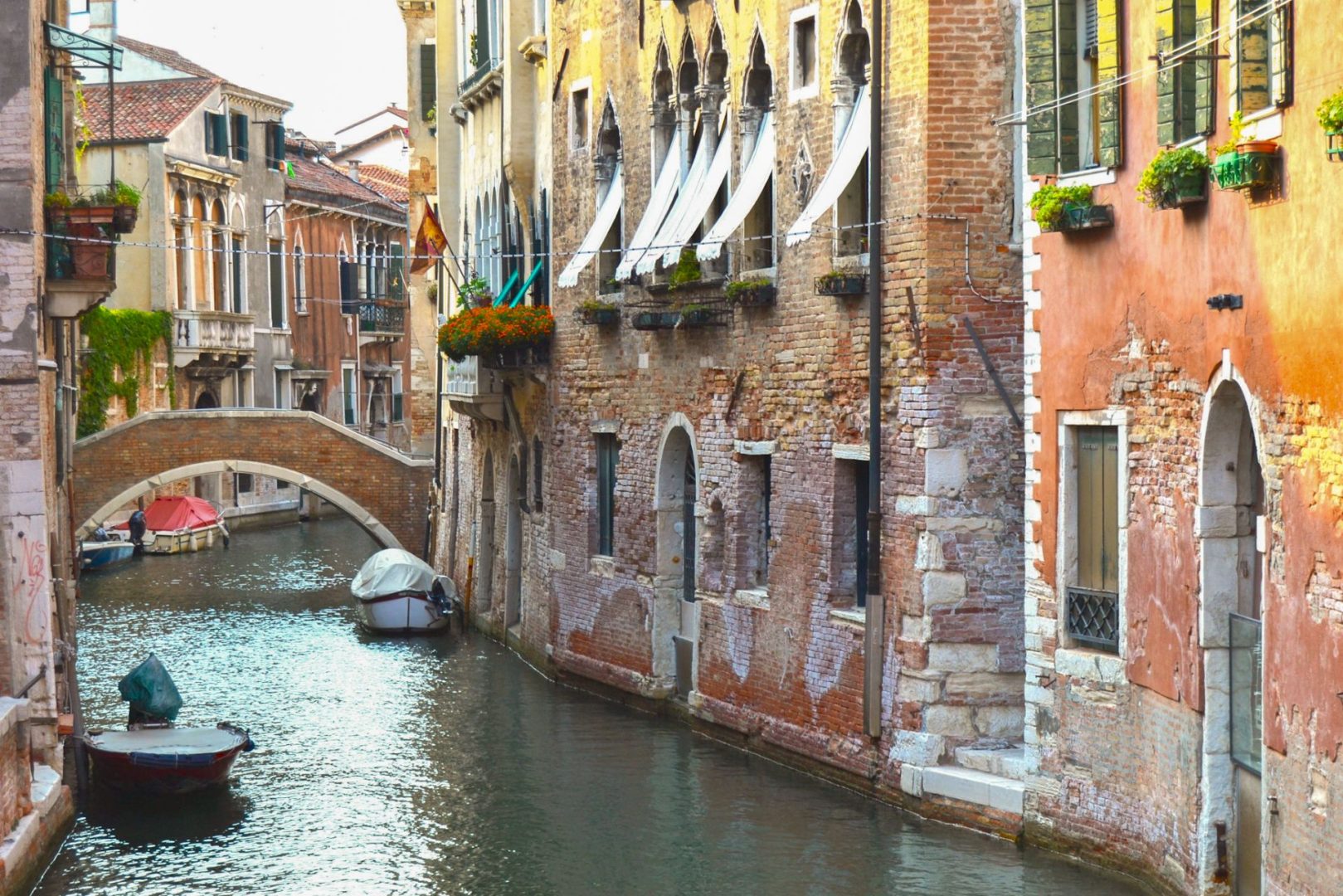Find out the best things to do in the lovely port town of Ancona, the capital of Le Marche region.
Located on the Adriatic coast of the Le Marche region, Ancona is a relatively under-the-radar destination with much to offer. Its unique position in an elbow-shaped bay made it an important hub of trade in the Adriatic since ancient times. Today, the city is one of Italy’s most important commercial ports. Watching ships being built at the Fincantieri hub from Ancona’s cathedral square is truly fascinating!
The city itself is named after its location (from the Greek word “ankon”, which means elbow). By the way, did you know that Ancona is nicknamed “the town of the two suns”? That’s because its distinctive setting makes it one of the few places where you can watch the sun both rise and set over the sea without having to change location.
Ancona is one of those Italian cities that may take time to appreciate. Like Milan, it reveals its treasures only to curious travelers and doesn’t immediately impress like some other places in Italy do. But trust me: its squares and landmarks deserve a chance! So let’s go over the top things to do in Ancona to ensure you make the most of your visit. Use this map as a reference while reading through the article below.
The Porta Pia archway and the Lazzaretto of Ancona
Assuming you reach Ancona by train, one of your first sights will be Porta Pia arch, the monumental entrance created by Pope Pious the Sixth in the 18th century. There’s a massive anchor next to the arch that is dedicated to those who lost their lives on sea journeys.

Right in front of the Porta Pia arch stands the Lazzaretto, a vast pentagonal fortress that once served as a quarantine station for plague-infected individuals. It is also known as Mole Vanvitelliana after the architect Luigi Vanvitelli, who designed it in the 18th century (he also made Caserta’s Royal Palace). Today it houses cultural events and exhibitions.
Omero Tactile Museum, one of the best things to do in Ancona
The Omero Tactile Museum housed in the Lazzaretto is an exhibition space unique to its kind. It was designed for visually impaired people using touchable replicas and casts of some of the world’s greatest artworks.

You can touch every piece and feel details that are often unnoticed, such as the wound in Jesus’ foot in Michelangelo’s Pietà. This was most certainly one of my favorite things to do in Ancona.
Piazza della Repubblica
A lovely walk along the harbour takes you to Piazza della Repubblica, one of the four major squares in Ancona. Here you’ll find the Teatro delle Muse, the largest theatre in the Le Marche region. It occupies an imposing neoclassical building dating from 1827, which was damaged during WWII and remained closed until 2002. Today, it hosts a rich calendar of events.

The Theatre shares the square with the Church of Santissimo Sacrament. Erected in the 16th century, it displays artworks dating from 17-19 centuries and served as a city cathedral until 1986.
Church of Santa Maria della Piazza
From Piazza della Repubblica, walk along Via della Loggia until you reach the Church of Santa Maria della Piazza. This is the oldest religious building in Ancona, constructed in the 12th century on the site of an early Christian church from the 4th-century, whose traces are still visible.

The church boasts a distinctive Romanesque style. Its interior is essential, while the facade is richly decorated and includes Byzantine bas-reliefs coming from Constantinople. Before reaching the church, keep an eye on your left. You’ll pass by the stunning Loggia dei Mercanti, whose stunning Venetian Gothic facade is a sight worth seeing.
The Cathedral of San Ciriaco
Look for Via Ciriaco Pizzecolli and walk its entire length. Along the way, you’ll see the Church of San Francesco delle Scale, the imposing Church of Gesù and the fascinating Palazzo degli Anziani (seat of the local town hall since the 13th century) before reaching the staircase that leads to Ancona’s cathedral.
With its scenic position on the highest point of Ancona and the splendid views over the port, a visit to the Cathedral of San Ciriaco is definitely one of the best things to do in Ancona. It was built on the site of an ancient temple dedicated to Aphrodite, the patron of navigation, with a Romanesque style that incorporates Byzantine and Gothic elements.

The entrance is guarded by two red-marbled lions. Inside are the remains of San Ciriaco, the patron saint of Ancona, and a miraculous painting of the Virgin Mary, which is said to have opened its eyes on certain occasions.
The Archeological Museum or the City Picture Gallery
With only one day in Ancona, you obviously won’t be able to enjoy all the museums. If you do have time, though, consider visiting either the Marche Region’s Archeological National Museum or the City Picture Gallery. The Archeological Museum sits inside a beautiful 15th-century palace and showcases findings from across the region, including an ancient 28000-year old Venus statue called “Venus of Frassassi”.
The City Picture Gallery F. Podesti houses a fantastic collection of paintings by artists such as Titian, Carlo Crivelli, Lorenzo Lotto, and Guercino. It also has an extensive modern art collection that includes works by Lucio Fontana and Alberto Burri, among others.
Piazza del Plebiscito
Ancona’s Piazza del Plebiscito is a large, scenic square lined with restaurants, bars, and important monuments. The 14th-century Palazzo del Governo stands tall on the north end of the square along with the Civic Tower to its right. At the south side of the piazza stand two staircases that lead up to the San Domenico Church.

The piazza dates from the 15th century and takes its name from the plebiscite that took place in 1860 to annex the Marche to the Kingdom of Italy. It hosts a statue of Clement XII, the Pope responsible for the city’s economic and cultural rebirth. He abolished all taxes and duties, declaring the city a free port, and appointed the famous architect Luigi Vanvitelli to lead improvements works on the port.
The Calamo Fountain, Piazza Roma, and the covered market
From Piazza del Plebiscito, take Via Lata and then Corso Giuseppe Mazzini until you reach Piazza Roma. Just before entering the piazza, you’ll see the ancient Calamo Fountain on your left. This is also known as the fountain of the 13 pipes, clearly referring to the water spouting from 13 masks (12 in bronze and 1 in stone) topped by a knight, which is the symbol of Ancona. It is said that if you drink its water, you’ll come back to Ancona.

The fountain is located right next to Piazza Roma, which hosts a daily market. From here, it’s a two-minute walk to the Mercato delle Erbe, a traditional covered food market with a splendid Liberty-style look. It was built by shipyard workers in the 1920s using materials taken from Austrian ships captured at sea during WWI. Unfortunately, it wasn’t opened when I was there, but you could easily slot this into your itinerary if you cover this part of Ancona in the morning.
Piazza Cavour
After a short walk through Via Marsala and Corso Garibaldi (Ancona’s main shopping street), you can reach Piazza Cavour, a large square covering three hectares of land. It was built right after the Italian unification when Ancona became a first-class stronghold of the new Kingdom of Italy (the city was the only port in the north-central Adriatic at that time).

The square’s palm trees and flowers bring to mind an exotic garden rather than standard buzzing piazzas, with benches where you can relax while admiring the statue of Camillo Benso Count of Cavour, one of the fathers of the country’s unification. Come December, this piazza hosts Ancona’s Christmas market!
The Passetto caves in Ancona
Piazza Cavour links the city’s historic centre and Passetto beach, one of the must-sees in Ancona. It’s a scenic stretch of rocky coast where the sea and wind have given rocks bizarre shapes. Look for the “Pope’s Chair” and the “Square”!
A distinctive feature of this area is the presence of colourful beach sheds, originally carved out of the rock in the early 1900s to store fishing boats. Locals have turned them into their own living spaces by the sea, complete with kitchens to spend time together eating and relaxing.
You’ll probably be running out of time at this point, but make sure Passetto is on your list of things to do in Ancona. From Piazza Cavour, you can catch bus no 1/4 and get off at the “Piazza IV Novembre – Passetto” stop. Alternatively, you can walk for about 20 minutes up to the War Memorial at the end of Viale della Vittoria. There, you’ll find a beautiful marble staircase that leads down to the beach.
How to reach Ancona
Ancona is a popular stop for cruise ships and a major embarkation port to reach Albania, Croatia, and Greece. The nearest airport is the Ancona International Airport, located just some 20km away from the city centre.
If you’re travelling by train, Ancona’s central railway is a 20-minute walk to Piazza della Repubblica. Those who reach Ancona by car will easily find paid parking around town, but there may be also some free spots in Largo Fiera Pesca, near the Lazzaretto (this Ancona car parking website can be useful).
If you’re looking to explore more of the region, check out this one-week itinerary in Le Marche.
Pssst… Pin this article for future reference and get in touch if you have any questions in preparation for your trip to Ancona!
Ciao for now,








